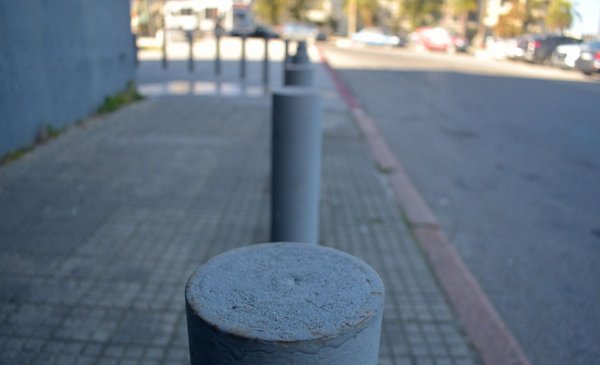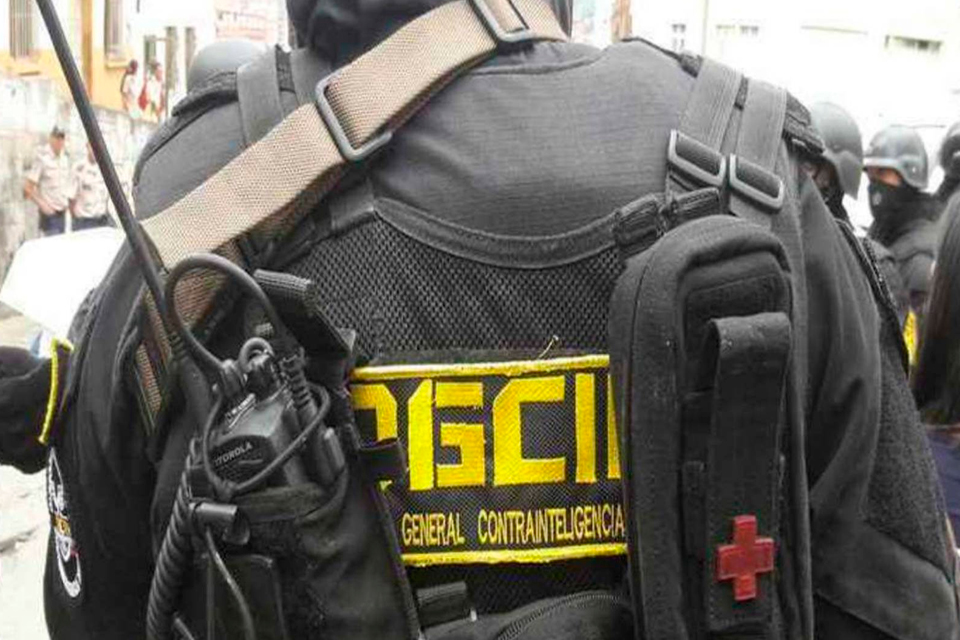Municipality B, which includes neighborhoods such as Cordón, Barrio Sur, Palermo and Ciudad Vieja, formed a team made up of municipal inspectors and the architecture areas of its two community centers to come up with a proposal for “regulatory updating” around the so-called “defensive” or “hostile” architecturereported the mayor Silvana Pissano (Broad Front) to The Observer.
This concept refers to “urban infrastructure created or altered in order to avoid, discourage or repress the use of certain spaces in the city”as defined by the third level of government itself in a mapping carried out months ago with the University of the Republic (Udelar) and the group of homeless people, Not Everything Is Lost (Nitep).
The organizations established after their survey that this type of structure is “potentially dangerous, inhibits free urban circulation and threatens coexistence in public space.” The municipality, Udelar and Nitep indicated that the search carried out “It made it possible to quantify and make visible the cruelty and intentionality of harming those who want to use certain spacesbut also the creative use that homeless people” make of it.
“He is not only talking to us about the homeless, but also about boys, girls and older adults,” said the mayor. “It has to do with a series of mechanisms such as spikes and bars that what they do is even endanger if you get close to those edges. That put this problem of the extreme privatization of public space on the agenda,” said the hierarch, former director of Urban Development of the Municipality of Montevideo (IM) and leader of the Casa Grande sector.
Courtesy Municipality B
Examples of hostile architecture surveyed by Municipality B
“Many of these structures appear on the edges of private and public spaces,” he explained, and gave the example of the ochavas that advance on the corners. “Not being able to sit down also greatly harms older people who need to rest. Or not having drinking fountains to access water. Or public bathrooms – a transformation of the last decade – because before you didn’t need to consume to enter a bathroom. Those processes of privatization were changing and it is a big problem”, he developed.
The architect explained that a peculiarity of her municipality is that the land occupation factor (FOS) in several registers is 100%, without frontal withdrawals. “That gives you a morphology of the private registry. And it is added to the fact that 46% of homeless people are in this municipality,” she declared.
Pissano clarified that the work consists of evaluating the normative part of the subject –because “it is not clear how it can be dealt with– to eventually outline an “update”. An approach of this type must necessarily go through the departmental executive.
consulted by The Observer In the framework of a tour of Maldonado, Mayor Carolina Cosse pointed out that she is not yet aware of Pissano’s initiative and that she would have to study it before making a statement. “We are here to help in any way we can,” said the hierarch.

Courtesy Municipality B
Examples of hostile architecture surveyed by Municipality B
“The issue of the people of the homeless is deep and structural. It is the responsibility of the Ministry of Social Development (Mides) which we help in everything we can. Anything that helps in that sense will have the Intendancy. It is a multi-causal and very deep issue that requires a very advanced national policy, which we have not yet reached,” concluded Cosse.







